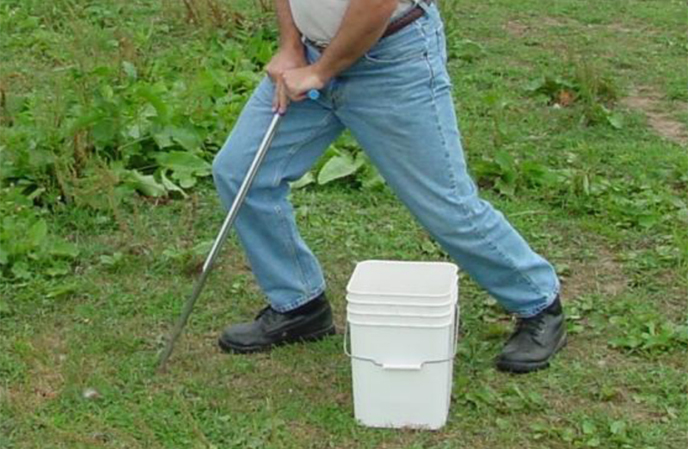
Site-specific soil tests to determine nutrient levels, allowing for customized fertilization plans.
Development of Rotational Grazing System
Fencing
Development of Rotational Grazing System
The plan of action for pasture management is based on an integrated crop management (ICM) approach. ICM is a management approach that establishes a diverse and comprehensive system to manage pastures on a field by field basis. An ICM program designed to maintain productive pastures would include:

Site-specific soil tests to determine nutrient levels, allowing for customized fertilization plans.
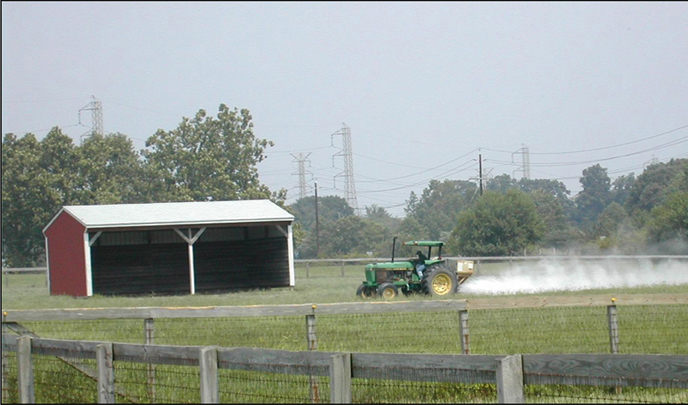
A plan to overseed pastures to thicken existing stands and add new varieties when needed.
Each of the back fields (#2 & 3) are designed to hold five to seven horses on rotation utilizing a three-field rotation (Field 3) and a four-field rotation (Field 2) system. Stress lots were designed as heavy-use areas, where hay feeders, shelter, and water are located. In extreme weather conditions horses can be maintained in the stress lots to allow for pasture recovery. Fields are monitored and a rotation schedule varies depending on the weather conditions and pasture footing. Horse stocking density are adjusted as necessary; notes are made on a weekly basis as to the conditions of the pastures.
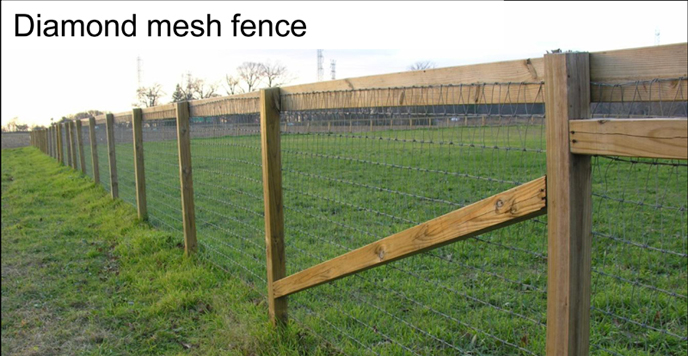
Construction of the diamond mesh fencing around the perimeter of the pastures has been completed. This particular fencing is our preferred perimeter fence because:
The rotational system fencing chosen uses a variety of types on the market to show horse farm owners the types available and the pros and cons of each:
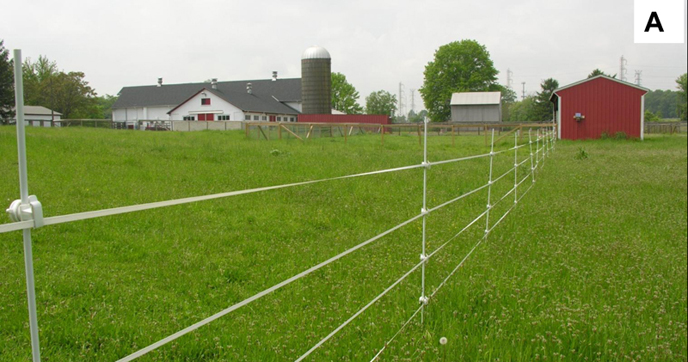
four strands of narrow white electrical tape (A)
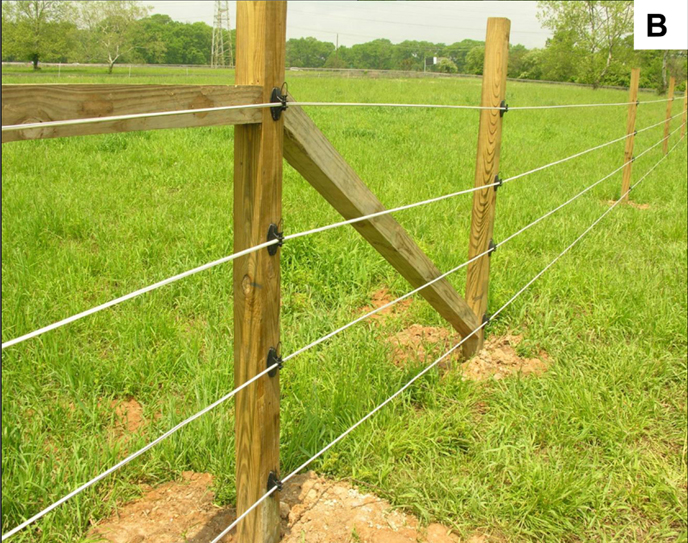
four strands of ‘hot coat’ horse friendly wire (B)
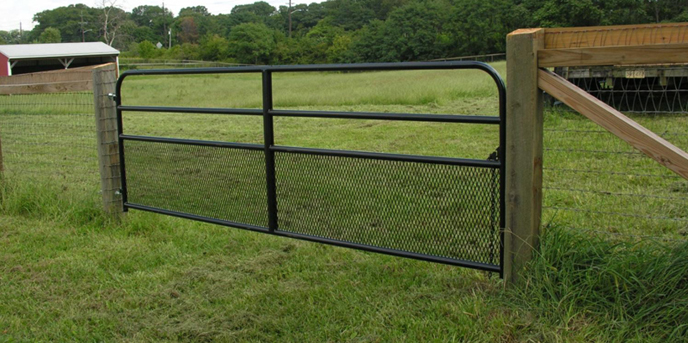
New installed gates
In order to facilitate adherence to best management practices, including the overall nutrient management plan, a utility tractor was purchased. The new utility tractor is equipped with a front-end loader, a 60” rear-mounted finish mower, and a PTO-driven front-mounted snow blower.
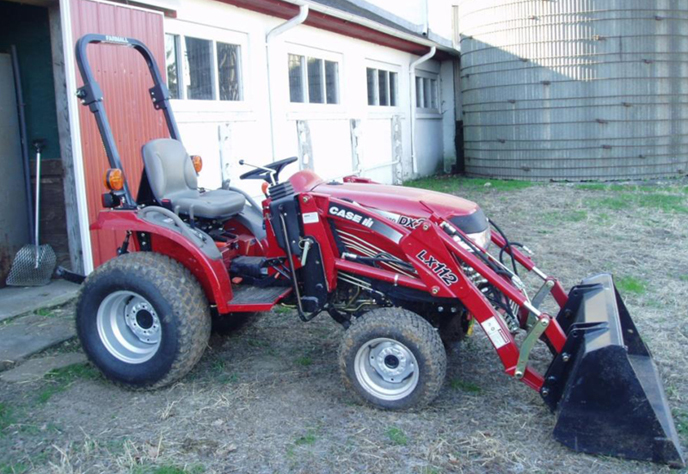
The front-end loader is used routinely for manure management, moving gravel, loading the manure spreader, and general maintenance around the farm.
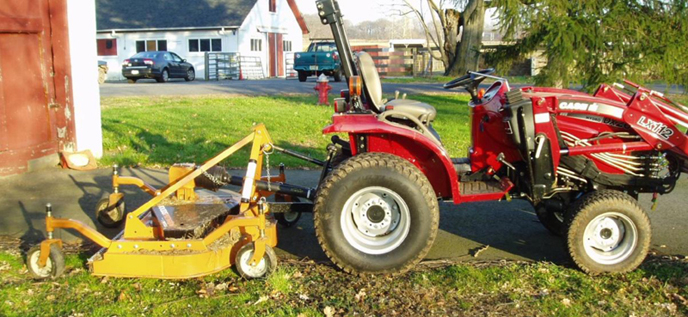
The new finishing mower is instrumental to pasture management. Previous pasture management plans involved mowing with a brush hog. The new mower has an adjustable height between 1 to 5 ½ inches and is equipped with wheels to help prevent pasture scalping.